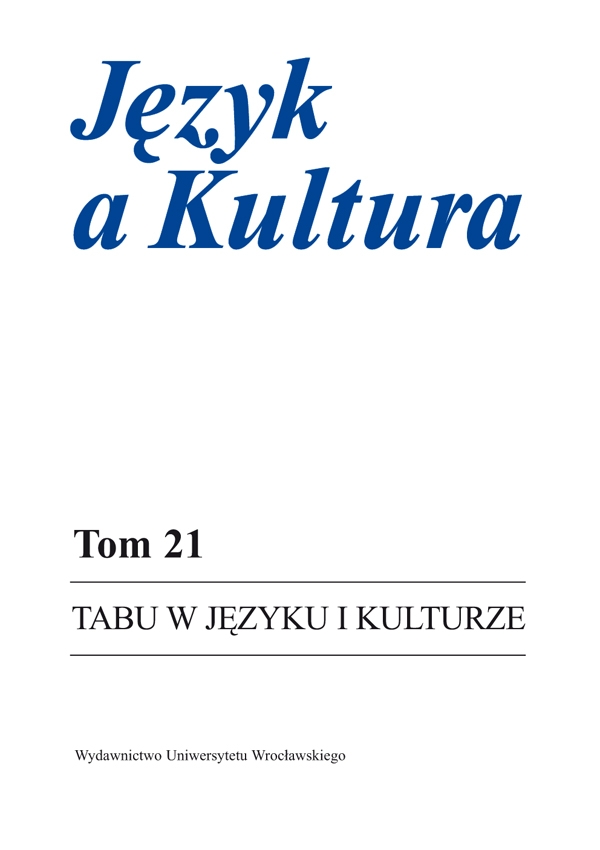

Artykuły

Profane language as an example of taboo breaking based upon Polish, Slovenian and other Slavic languages
In the article the curses in Polish, Slovenian and other South-Slavic languages are analysed from a semantic and cultural perspective. The analysis proved that swearing plays a role of verbal aggression since the person using it infringes different spheres of cultural taboos – both contemporary taboo associated with generally accepted politeness rules, and primeval taboo in sacred dimension: taboo of divine figures and demons, taboo of death and illness, taboo of animals, and taboo of sexual behaviour prohibited in our culture. Depending on the form of the used profane language e.g. abuse, curse or threat and on the kind of the described taboos which is breached, the act of swearing can evoke in the addressee or a participant of the communication various reaction – embarrassment, humiliation, shame, fear, anger, etc.